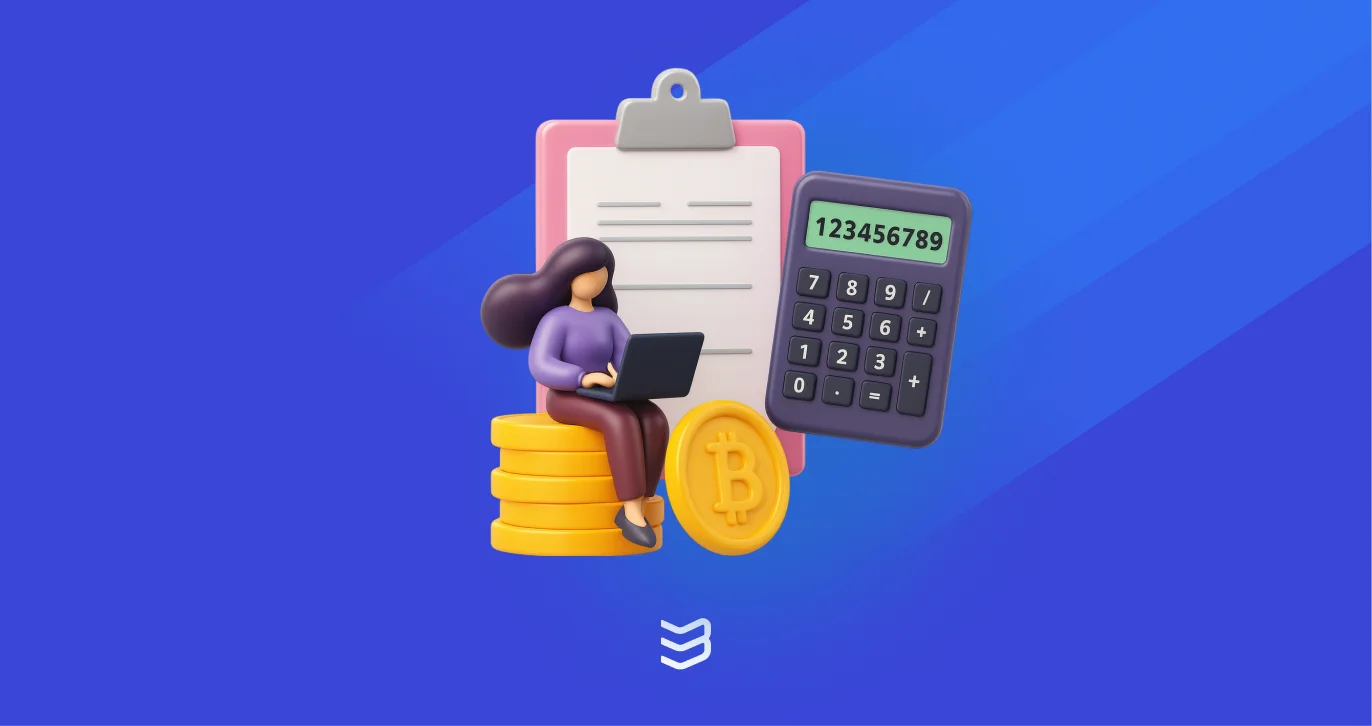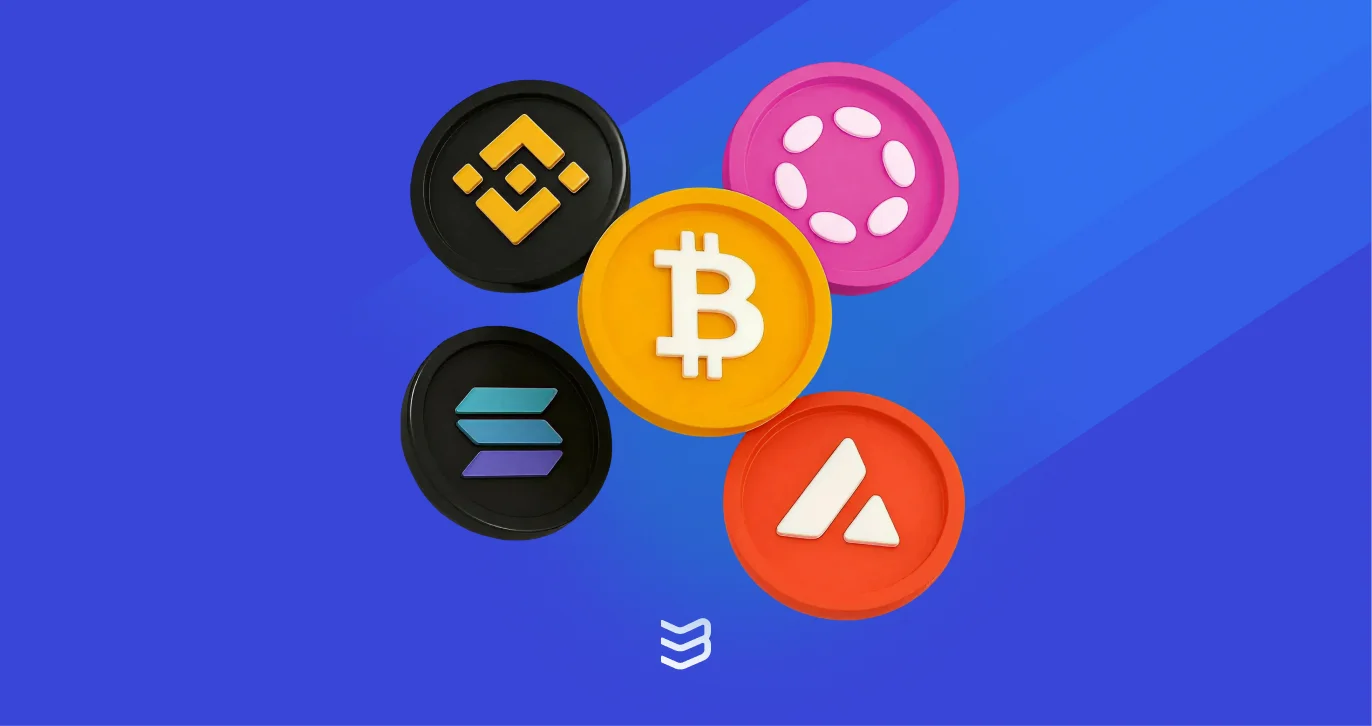tl;dr
- Web3 accounting is challenging due to crypto price volatility, complex transactions like swaps and staking, and the need for real-time on-chain tracking across wallets and chains, making automation essential.
- It involves tracking, verifying, classifying, and reporting financial activities on decentralized blockchains. This includes cryptocurrencies, NFTs, tokens, and smart contracts, emphasizing decentralization, transparency, immutability, and automation.
- Unlike traditional Web2 accounting with fiat and manual processes, Web3 is instantaneous, global, and auditable, but complicated by token volatility, self-custody, and evolving tax rules.
An Introduction to Web3 Accounting
Accounting is hard, but Web3 accounting can be even harder.
With constant price fluctuations in the blockchain world, tracking gains, losses, and valuations becomes a complex challenge. Additionally, some crypto transactions involve trading pairs in ETH, BTC, or other volatile assets rather than stable fiat currencies.
Every swap, bridge, or staking event can trigger a taxable or reportable event at varying prices.
Accurate Web3 accounting requires real-time tracking of on-chain transactions, token values, and portfolio movements across multiple wallets and chains. This complexity makes automation and specialized tools essential.
What Is Web3 Accounting? A Beginner’s Guide
Web3 accounting is the practice of tracking, verifying, and reporting financial activities that occur on decentralized, blockchain-based systems. Unlike traditional (Web2) accounting, which depends on centralized databases and financial institutions, Web3 accounting operates in a world of digital assets, smart contracts, and DeFi.
At its core, Web3 accounting involves recording transactions with cryptocurrencies, NFTs, tokens, and smart contracts, all taking place directly on-chain. Key principles include decentralization, where records live on public blockchains; transparency and immutability, ensuring all data is traceable and tamper-proof; and automation, with smart contracts handling payments and fees.
Unlike Web2 accounting, which relies on fiat currencies and manual reporting, Web3 accounting is instantaneous, global, and fully auditable, but also more complex. Token volatility, self-custody, and evolving tax rules require specialized tools and expertise to ensure accurate reporting and compliance in this new financial frontier.
How Does Web3 Accounting Work? Step-by-Step Breakdown
Here’s a breakdown of how web3 accounting works in practice, from recording a crypto transaction on Ethereum or Solana, or any other chain, to integrating with traditional accounting systems.
Blockchain Ledgers: Immutable Recordkeeping
Every transaction, such as receiving a payment in ETH or SOL, is recorded directly on the blockchain. These records are immutable (cannot be changed) and publicly verifiable.
Example: Alice receives 100 USDC on Ethereum. The transaction is permanently logged on the Ethereum ledger, accessible via Etherscan with full transparency.
Tokenization: Turning Assets into Digital Tokens
Web3 accounting tracks both native cryptocurrencies and even tokenized real-world assets (like real estate or art). Each token carries its transaction history and ownership details on-chain.
Example: An artist mints an NFT on Ethereum. Every sale or transfer updates the blockchain ledger, simplifying audit trails.
Smart Contracts: Automated Accounting Logic
Smart contracts execute predefined accounting rules, handling invoicing, payments, or revenue splits automatically.
Example: A Solana-based platform uses a smart contract to distribute streaming royalties, recording each payout on-chain in real time.
Decentralized Oracles: Connecting Off-Chain Data
Oracles feed real-world data, such as exchange rates or market prices, into blockchains.
Example: Chainlink oracles update ETH/USD values for accurate portfolio valuation and profit/loss reporting.
Automated Reconciliation and Reporting
Modern Web3 accounting tools sync wallet transactions, smart contract logs, and oracles to generate real-time reports. These systems often integrate with Web2 tools like QuickBooks for hybrid financial tracking.
Core Components of Web3 Accounting Systems
Web3 accounting systems are built on crypto-native components designed to enable transparent, automated, and auditable financial management. These elements handle everything from transaction recording and asset tracking to valuation and reporting across multiple chains.
Blockchain Ledgers
Blockchains like Ethereum and Solana act as immutable, distributed ledgers for all transactions. Every crypto movement is timestamped, public, and tamper-proof, ensuring universal auditability.
Wallet Segmentation
Web3 entities often manage multiple wallets to separate treasury, operational, and user funds. This structure is essential for DAOs and DeFi projects to maintain financial transparency.
Token Classification
Assets are categorized by type, stablecoins, governance tokens, NFTs, or DeFi LP tokens, enabling accurate accounting, valuation, and tax reporting.
Smart Contracts & Oracles
Smart contracts automate revenue splits, payments, and expense tracking, while decentralized oracles feed in real-world data such as exchange rates and asset prices.
Mixed On-Chain/Off-Chain Accounting
Hybrid systems combine blockchain activity with traditional financial records, ideal for Web3 businesses like exchanges or NFT platforms.
Automated Reporting & Compliance Tools
Platforms like Cryptoworth, Integral.xyz, and TRES Finance provide real-time transaction aggregation, gain/loss calculations, and audit-ready reports across hundreds of blockchains.
Key Technologies Driving Web3 Accounting
The web3 world is constantly evolving with new protocols and standards. As of 2025, here are a few evolving technologies that are shaping the space.
DeFi protocols enable real-time transaction tracking and programmable payments without intermediaries. Zero-knowledge proofs (ZKPs) add privacy to accounting by verifying transactions or balances without exposing sensitive data, ideal for audits and compliance. DAOs (Decentralized Autonomous Organizations) bring collective treasury management on-chain, where every inflow, outflow, and vote is transparently recorded.
Together, these tools redefine accounting by merging automation, privacy, and decentralization, creating a trustless financial ecosystem.
Benefits of Web3 Accounting for Businesses and Individuals
Web3 accounting introduces enhanced transparency, as all transactions are recorded on immutable public blockchains, reducing the risk of fraud and manipulation.
Automation through smart contracts minimizes manual work and errors, cutting costs for businesses. With global accessibility, users can manage finances without relying on banks or intermediaries, enabling instant cross-border transactions. Additionally, real-time auditing and compliance become possible since financial data is always visible and verifiable on-chain.
For both individuals and organizations, Web3 accounting offers a more efficient, secure, and borderless approach to financial management in an increasingly decentralized economy.
Challenges and Limitations of Implementing Web3 Accounting
Despite its promise, Web3 accounting faces several challenges.
Scalability issues on blockchains like Ethereum can lead to high fees and slow processing during peak demand. Regulatory uncertainty in some countries around crypto assets and DeFi makes compliance complex, as accounting standards are still evolving. Businesses also face a steep learning curve, requiring expertise in blockchain, token economics, and digital wallets.
Integrating on-chain data with traditional systems remains technically difficult, and price volatility complicates valuation and tax reporting.
Overcoming these hurdles is essential for Web3 accounting to achieve mainstream adoption.






